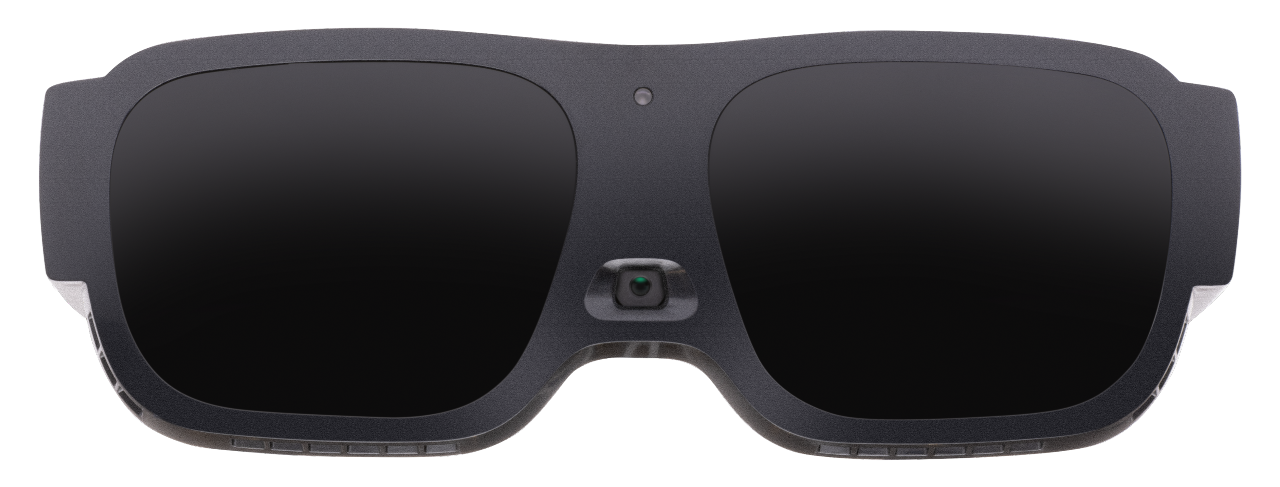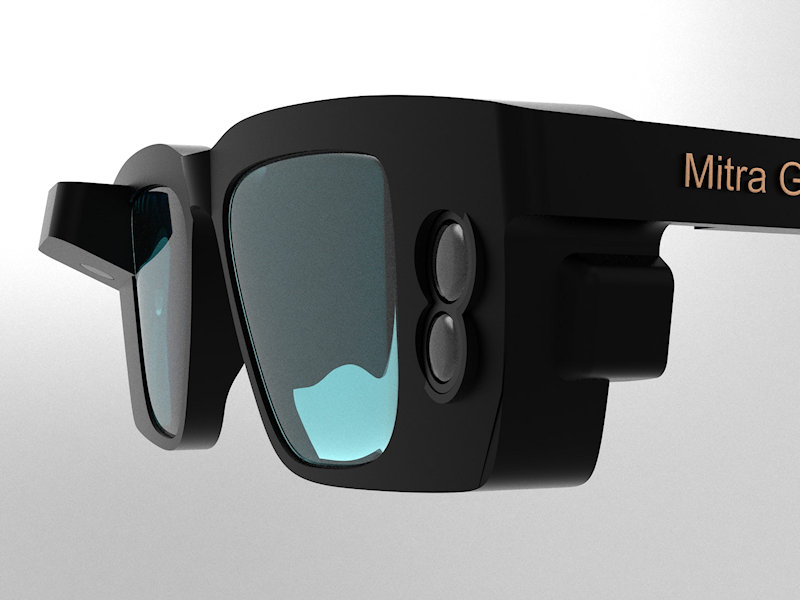Innovative Solutions in Assistive Innovation for Visual Impairment
The landscape of assistive innovation for aesthetic impairment is developing quickly, offering a variety of ingenious options that improve availability and independence. From advanced smart device applications that help with navigating to wearable devices made for real-time guidance, these devices are improving the experiences of those with aesthetic problems. The combination of clever home modern technologies and educational resources has the possible to promote higher area engagement. Nevertheless, the effects of these developments elevate essential concerns concerning their access and performance in diverse contexts, necessitating a more detailed examination of their more comprehensive effect.
Advancements in Smartphone Applications
Recently, innovations in smartphone applications have actually considerably transformed the landscape of assistive modern technology for individuals with visual disabilities. These applications leverage the powerful sensors and capacities of modern mobile phones to supply customers with tools that improve self-reliance and availability in their day-to-days live.
Significant among these technologies are applications developed for object recognition, which make use of the smartphone's electronic camera to recognize things and supply verbal descriptions. Such features encourage customers to browse their settings much more properly, whether determining items in shops or situating individual possessions at home. In addition, text-to-speech applications have actually boosted substantially, enabling users to catch printed message via their tool's cam and get split second sound comments, consequently promoting analysis and comprehension.
Community-driven applications have promoted social interaction and resource sharing amongst individuals with visual disabilities, developing an encouraging network that boosts their high quality of life. Generally, smartphone applications have ended up being crucial allies in promoting freedom and ease of access for people with visual problems.
Wearable Tools for Navigating
Wearable tools for navigation have become a groundbreaking option for people with aesthetic problems, offering hands-free assistance that improves flexibility and alignment. These gadgets usually utilize advanced modern technologies, including GPS, ultrasonic sensing units, and expert system, to supply real-time responses and instructions to users as they navigate their atmosphere.
One significant example of wearable navigation modern technology is clever glasses, which can spot barriers and relay auditory or haptic comments to the wearer, permitting efficient and safe motion in different settings. Various other devices, such as vests and belts geared up with sensors, can similarly educate users of their environments by offering alerts about neighboring items or modifications in surface.
In addition, numerous wearable devices incorporate with smartphone applications, allowing users to customize their navigation preferences and get customized course recommendations. This customization can considerably boost the individual experience, empowering people to take a trip with better self-confidence and independence.
As technology remains to develop, the capacity for wearable navigation tools to improve the lifestyle for individuals with aesthetic disabilities stays considerable, leading the way for even more inclusive and obtainable settings.
Smart Home Technology Assimilation

Moreover, smart appliances outfitted with responsive user interfaces or acoustic feedback offer user-friendly communications that cater specifically to the demands of those with visual disabilities. Wise refrigerators can reveal their materials and expiry days, while wise stoves can lead individuals with the food preparation procedure with audio instructions.
Home automation systems, such as clever buzzers and safety cams, offer satisfaction by permitting individuals to receive informs and access live feeds by means of their mobile phones, boosting individual safety (AI-powered visual aids). Furthermore, integration with smart devices and tablet computers makes certain that customers can handle their home environment from anywhere within their facilities
As clever home technology remains to advance, it holds the possible to change the living experiences of individuals with aesthetic problems, fostering self-reliance and improving lifestyle in an increasingly linked globe.

Educational Equipment and Resources
Accessibility to efficient instructional tools and resources is essential for people with visual impairments, as it equips them to involve completely in their learning experiences. Various assistive innovations have been created to improve availability and foster independent learning. Display readers, as an example, transform this post message into speech, enabling trainees to gain access to electronic content seamlessly. AI-powered visual aids. Additionally, refreshable braille displays provide tactile feedback, making it simpler for students to engage with written product.
Moreover, instructional software program particularly created for aesthetically impaired users uses functions such as high-contrast settings and customizable text sizes. These devices suit diverse discovering designs and make sure that pupils can tailor their instructional experience to their needs.
Furthermore, accessibility to audio publications and virtual libraries expands the variety of available knowing products, allowing pupils to discover subjects comprehensive without the constraints imposed by standard print resources. Joint platforms that incorporate access functions additionally promote group jobs, guaranteeing that aesthetically impaired trainees can add meaningfully together with their peers.
Community Assistance and Interaction
A durable network of community assistance and involvement is crucial for people with visual problems, fostering a comprehensive atmosphere where they can thrive. Area organizations, neighborhood advocacy teams, and volunteers play a crucial function in giving resources, details, and friendship, which are crucial for enhancing the top quality of life for those affected by aesthetic impairments.
Involvement activities such as workshops, gatherings, and support system not only help with ability advancement however likewise promote social interaction, decreasing feelings of seclusion. These efforts encourage people to share challenges, experiences, and successes, therefore reinforcing community bonds. In addition, collaborations with local organizations can cause greater accessibility in public rooms, even more integrating people with aesthetic disabilities right into the community.
Innovation likewise enhances neighborhood interaction through on-line platforms that use digital support system and resources, allowing individuals to attach no matter geographical barriers. By taking advantage of both in-person and digital services, areas can produce a thorough assistance network. Eventually, promoting partnership among various stakeholders-- consisting of family members, teachers, and healthcare experts-- makes certain that individuals with find out here visual problems receive the alternative assistance essential to navigate life properly and with dignity.
Conclusion
Innovative solutions in assistive technology for visual impairment significantly enhance the quality of life for individuals encountering these obstacles. The assimilation of mobile phone applications, wearable gadgets, wise home innovation, and academic devices promotes higher self-reliance and availability.
The landscape of assistive innovation for visual disability is progressing swiftly, providing a variety of innovative solutions that boost access and self-reliance. Community-driven applications have actually promoted social interaction and source sharing amongst individuals with visual disabilities, producing a supportive network that boosts their high quality of life. In check out here general, smartphone applications have come to be indispensable allies in promoting freedom and access for individuals with visual problems.
Many people with aesthetic disabilities are finding higher autonomy through the integration of smart home modern technology.Cutting-edge options in assistive innovation for visual problems considerably enhance the top quality of life for people facing these obstacles.